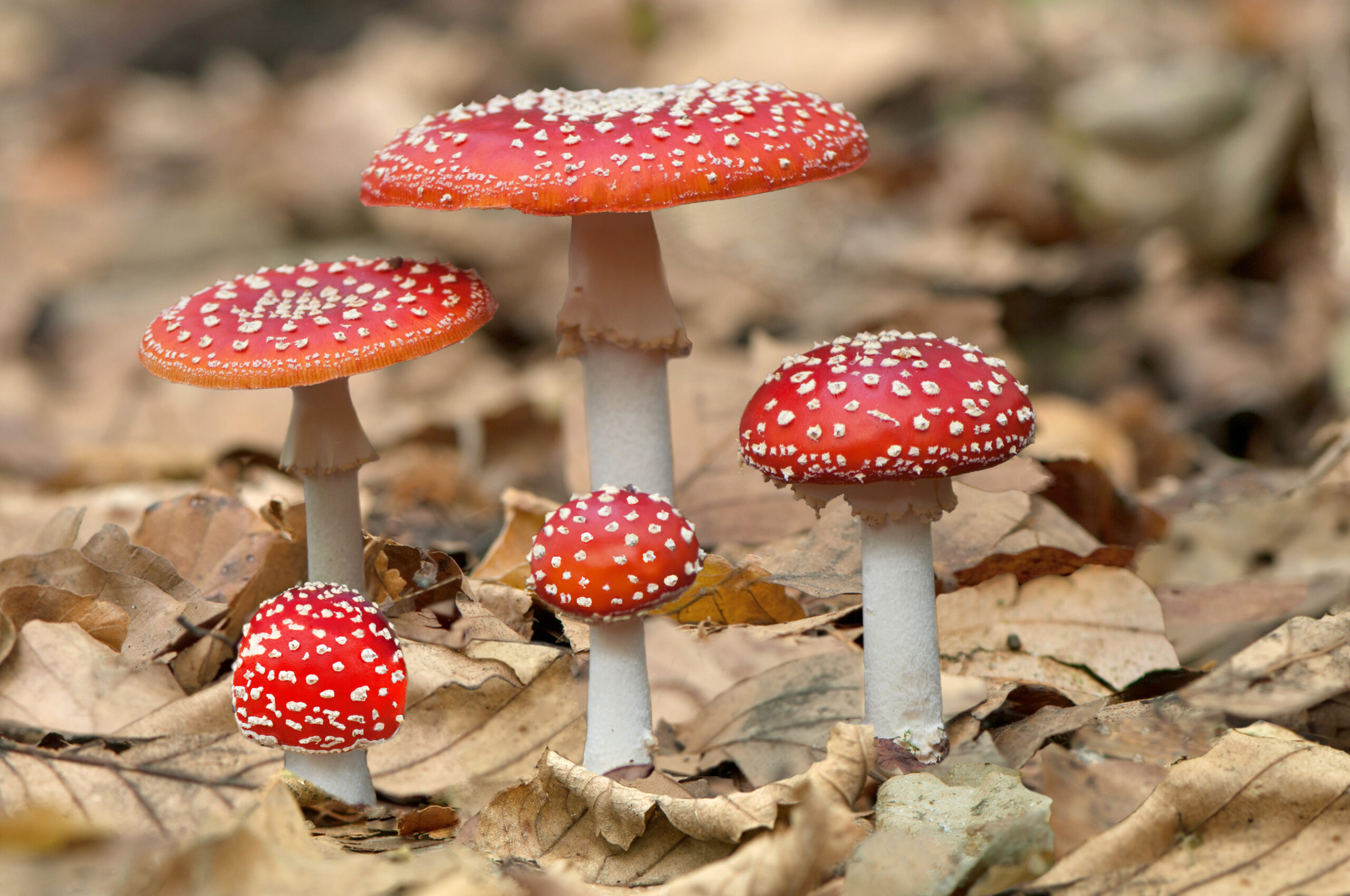A Hidden World Beneath Our Feet
When most people walk through a forest, they notice the trees, the wildlife, or maybe the smell of pine needles after a rainstorm. Very few stop to think about the vast hidden world that lies just below the surface. But for me, that hidden world has always been the most fascinating part of the forest. I’ve spent years studying fungi, particularly a wood-decaying species called Resinicium bicolor. What I’ve learned is that these quiet, often overlooked organisms are doing something extraordinary—they’re moving minerals through the soil in ways that help sustain the forest above.
Why Fungi Are More Than Just Decomposers
When we think of fungi, we usually picture mushrooms pushing through the forest floor or molds breaking down old leaves. It’s true that fungi are nature’s recyclers. They decompose dead wood and plant material, turning it into nutrients that enrich the soil. But that’s only part of the story.
Some fungi also act as transport systems for minerals. They have threadlike structures called hyphae that spread through the soil and wood, forming networks that can stretch for surprising distances. Through these networks, fungi can take minerals locked inside rocks and soil particles, dissolve them, and move them elsewhere. In other words, they’re not just recycling what’s already available—they’re unlocking nutrients that would otherwise remain out of reach.
My Journey With Resinicium bicolor
One of the most fascinating experiments I’ve worked on involved Resinicium bicolor and a mineral called strontianite, which is rich in strontium. We set up a simple but telling test: we gave this fungus soil that contained strontianite and watched what would happen.
What we discovered amazed me. The fungus was able to dissolve strontium from the mineral, transport it upward through the soil, and repackage it into tiny crystals of calcium oxalate. Imagine a microscopic highway system where minerals are picked up in one place and deposited in another. That’s exactly what Resinicium bicolor was doing.
Seeing the crystals form under a scanning electron microscope was like watching the fingerprints of the fungus at work. Some crystals were star-shaped, others blocky, and in many cases, the fungal threads ran right through them. It was clear that this process wasn’t random—the fungus was actively controlling how and where these minerals were stored.
Why This Matters for Forests
At first glance, this might sound like a curious laboratory finding. But when you think about it in the context of an entire forest, the implications are huge. Forest ecosystems depend on a steady cycling of nutrients like calcium, phosphorus, and magnesium. Without them, trees would struggle to grow, and the forest would lose its vitality over time.
By dissolving minerals from deep soil layers and moving them upward, fungi make those nutrients available to plants and other organisms. This vertical movement of minerals is especially important because it connects the energy-rich surface layers—where fallen wood and leaves provide food for fungi—with the deeper mineral layers that plants can’t easily tap into. In a very real sense, fungi are bridging the gap between rocks and trees.
Crystals as a Nutrient Bank
One of the most intriguing parts of this process is the way fungi store minerals in crystals. Calcium oxalate crystals are like little vaults of nutrients scattered throughout the soil. They may not be available immediately, but over time, as conditions change or as the crystals break down, those minerals can reenter the ecosystem.
This means fungi aren’t just moving nutrients; they’re also banking them for the future. It’s a dynamic system that keeps the forest supplied with essential elements over the long term. Without fungi, nutrients would stay locked away in rocks, and forests would slowly become nutrient-poor environments.
Lessons From the Invisible
What I find most humbling about this work is that it reminds us how much of life on Earth depends on processes we can’t see with the naked eye. We often think of trees as the defining feature of a forest, but in many ways, the health of the forest starts with the tiny fungal threads below ground.
Whenever I walk through the woods now, I think about those hidden networks. I imagine the fungal cords stretching through the soil, dissolving minerals, and leaving behind tiny crystals. It changes the way I see the forest. It’s no longer just a collection of trees—it’s a living system where even the smallest organisms play critical roles.
There is still so much we don’t know about fungi like Resinicium bicolor. How exactly do they move minerals along their hyphae? Why do they choose to store them in crystals instead of keeping them in solution? And what does this mean for the way forests respond to challenges like climate change or soil degradation?
These are questions that keep me curious and motivated as a scientist. The more we learn, the clearer it becomes that fungi are not background players in the story of the forest. They’re central characters—quiet, hidden, and vital to the survival of the ecosystem.
The secret life of fungi is a story about connection. It’s about how the smallest organisms link the deepest rocks to the tallest trees. It’s about movement and transformation, about how nutrients flow through a system that looks still and silent from above.
For me, studying fungi has been a reminder to pay attention to what we can’t see. Because sometimes, the most powerful forces in nature are the ones quietly working out of sight, shaping the world beneath our feet.
